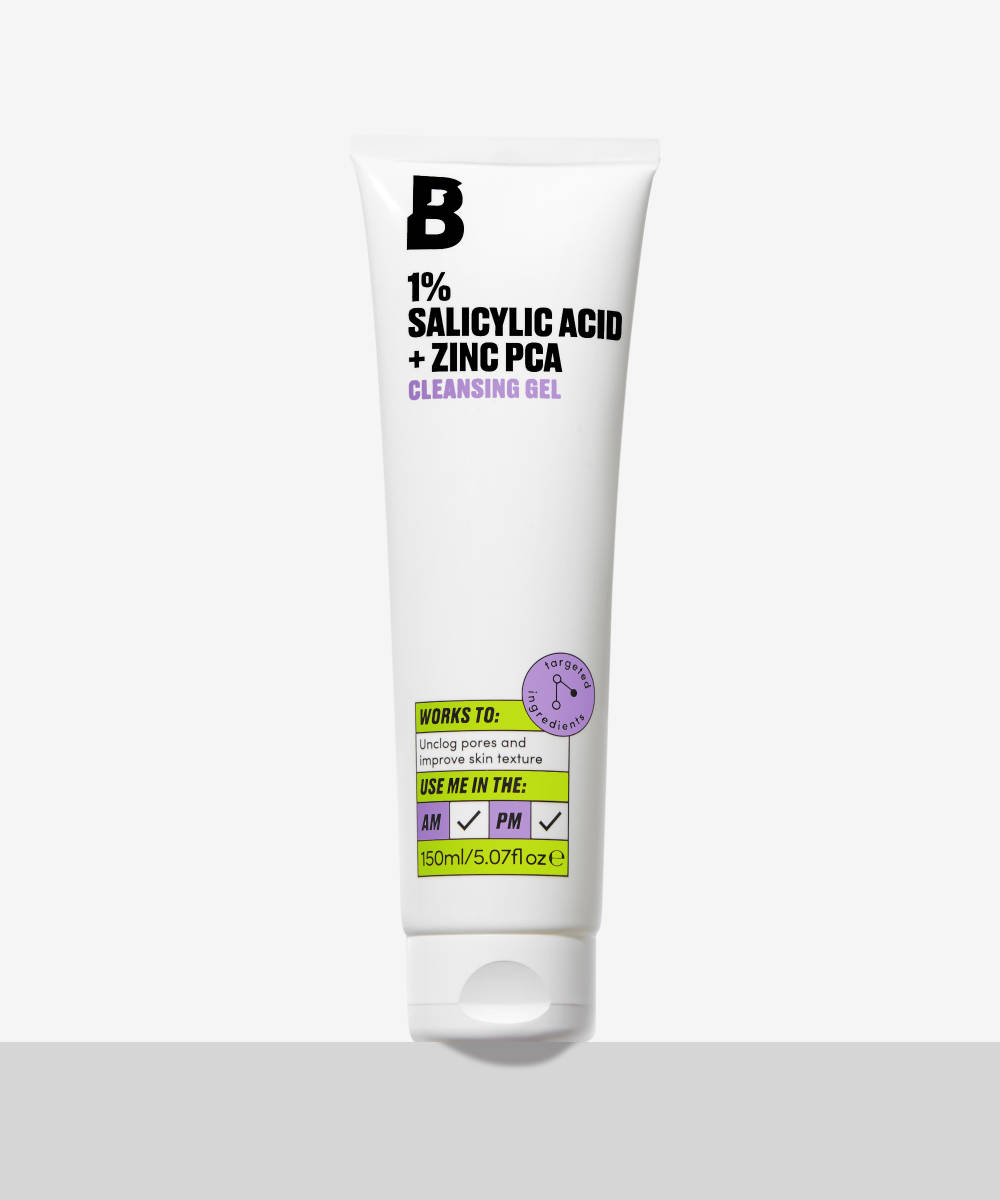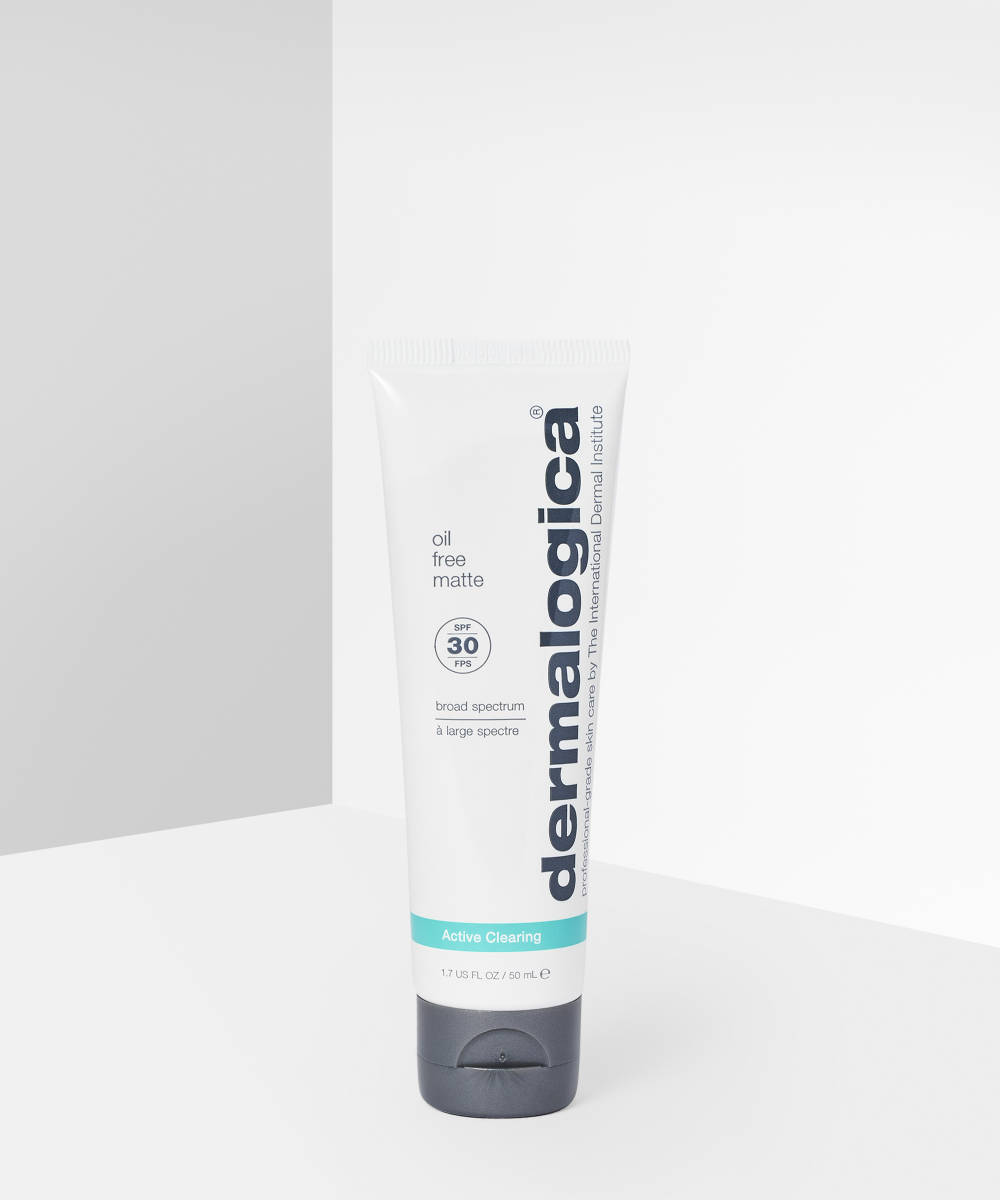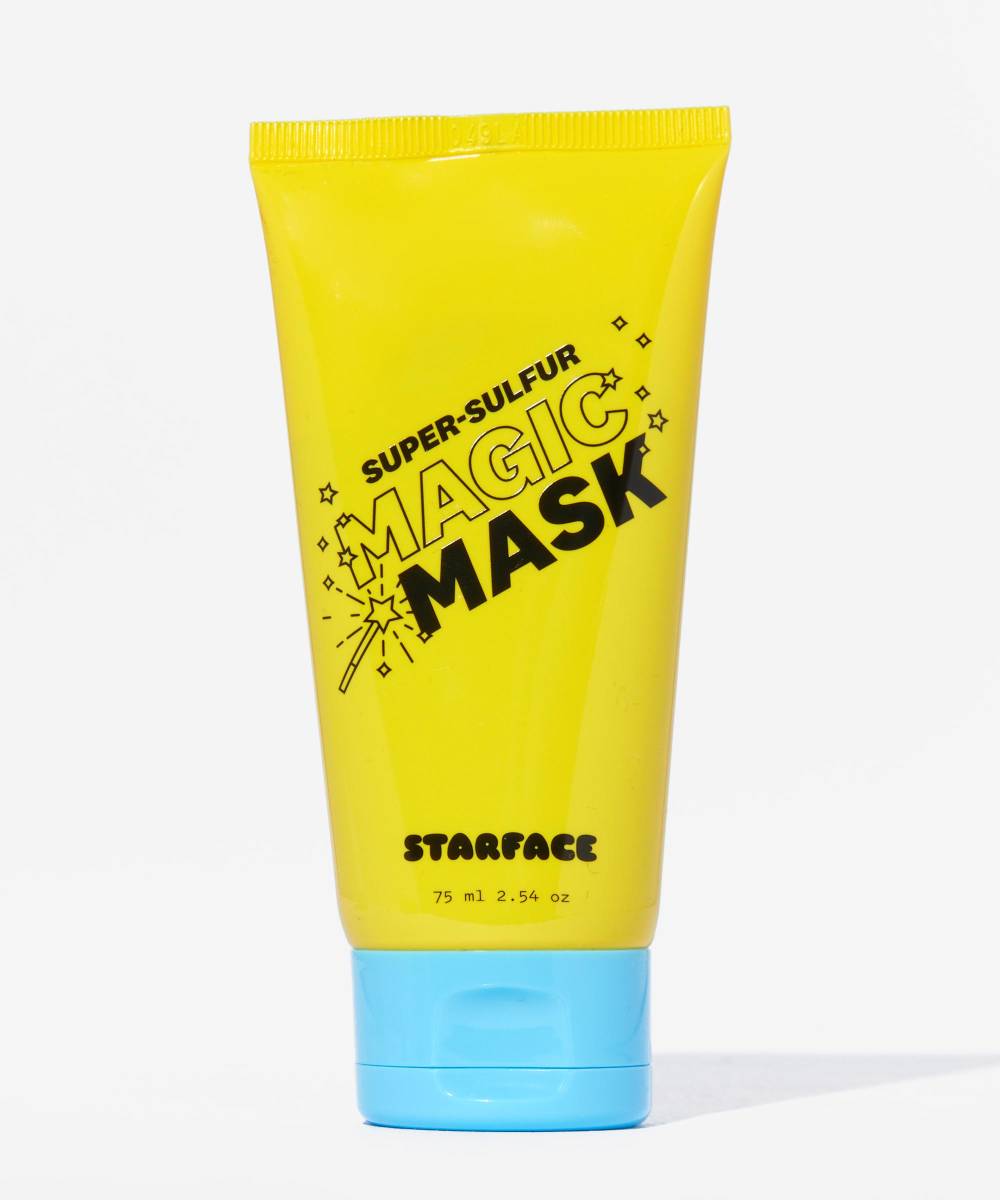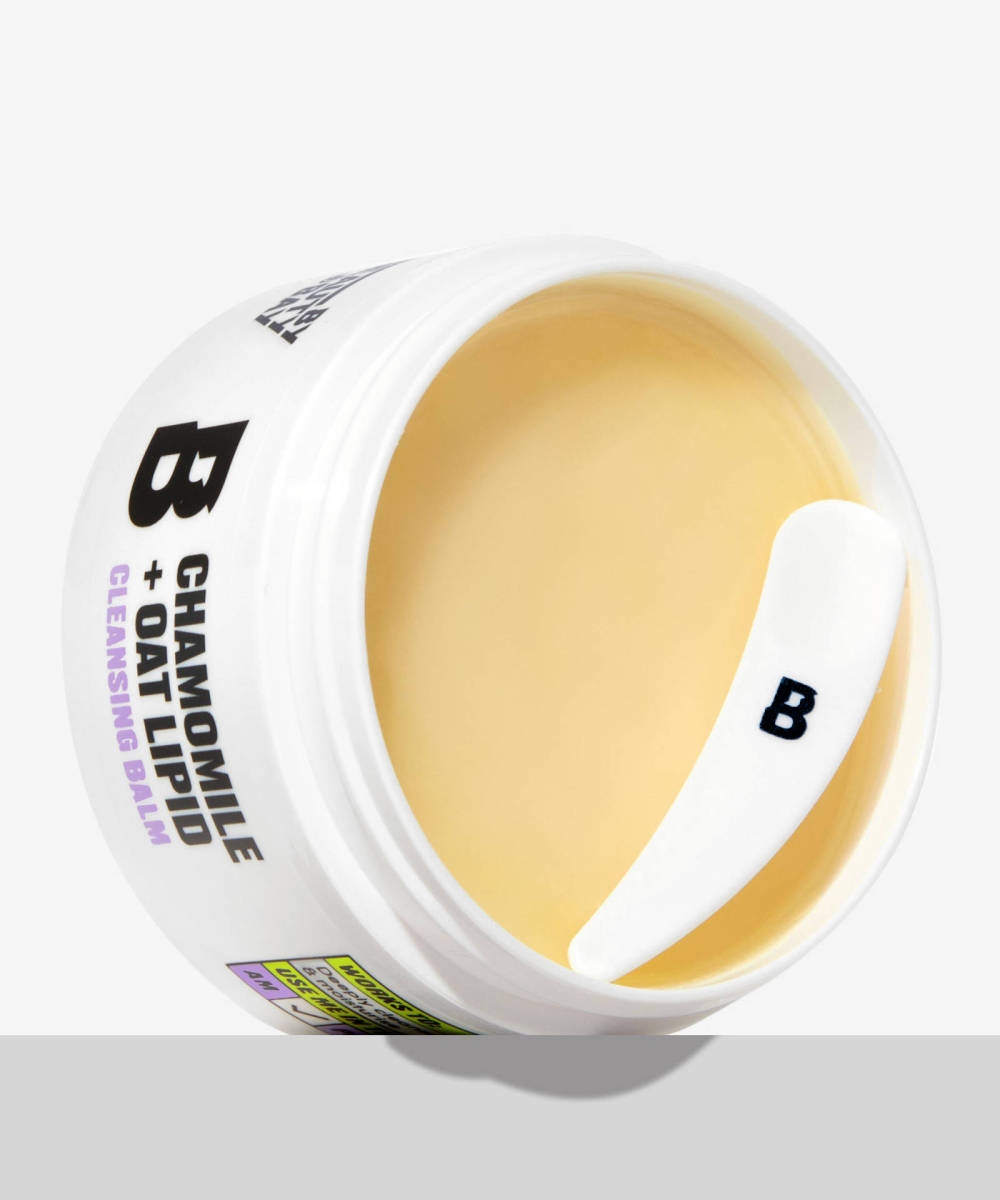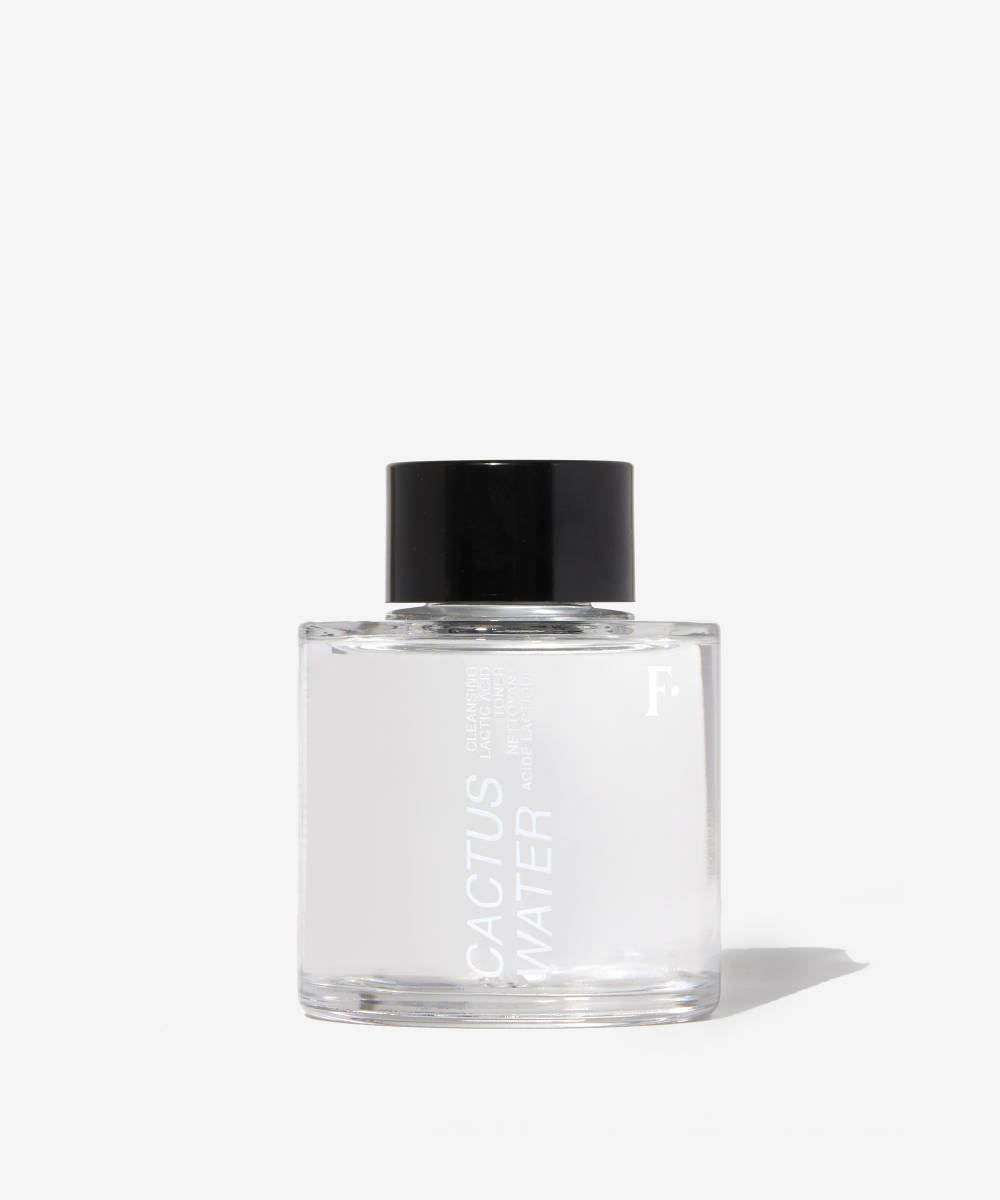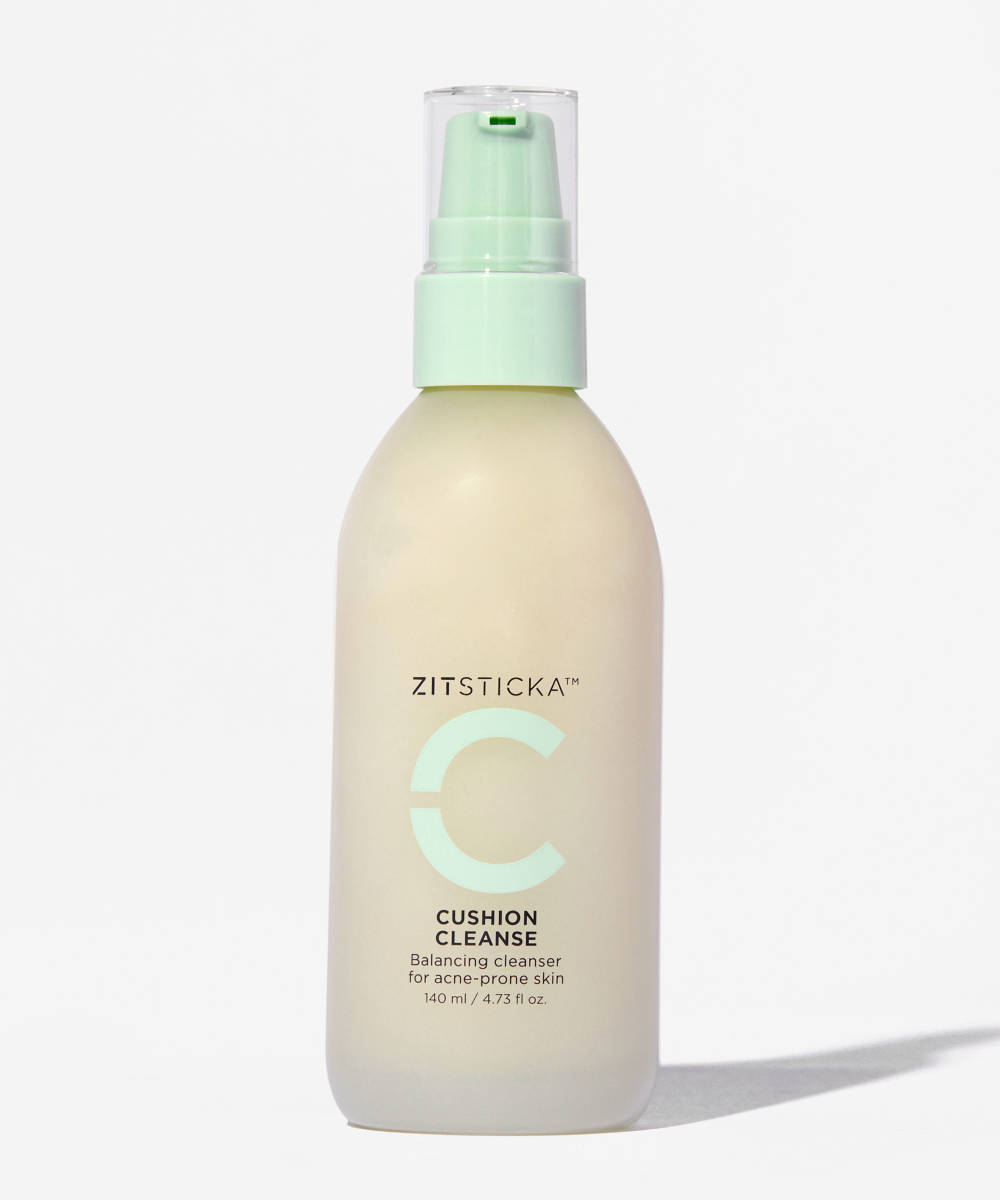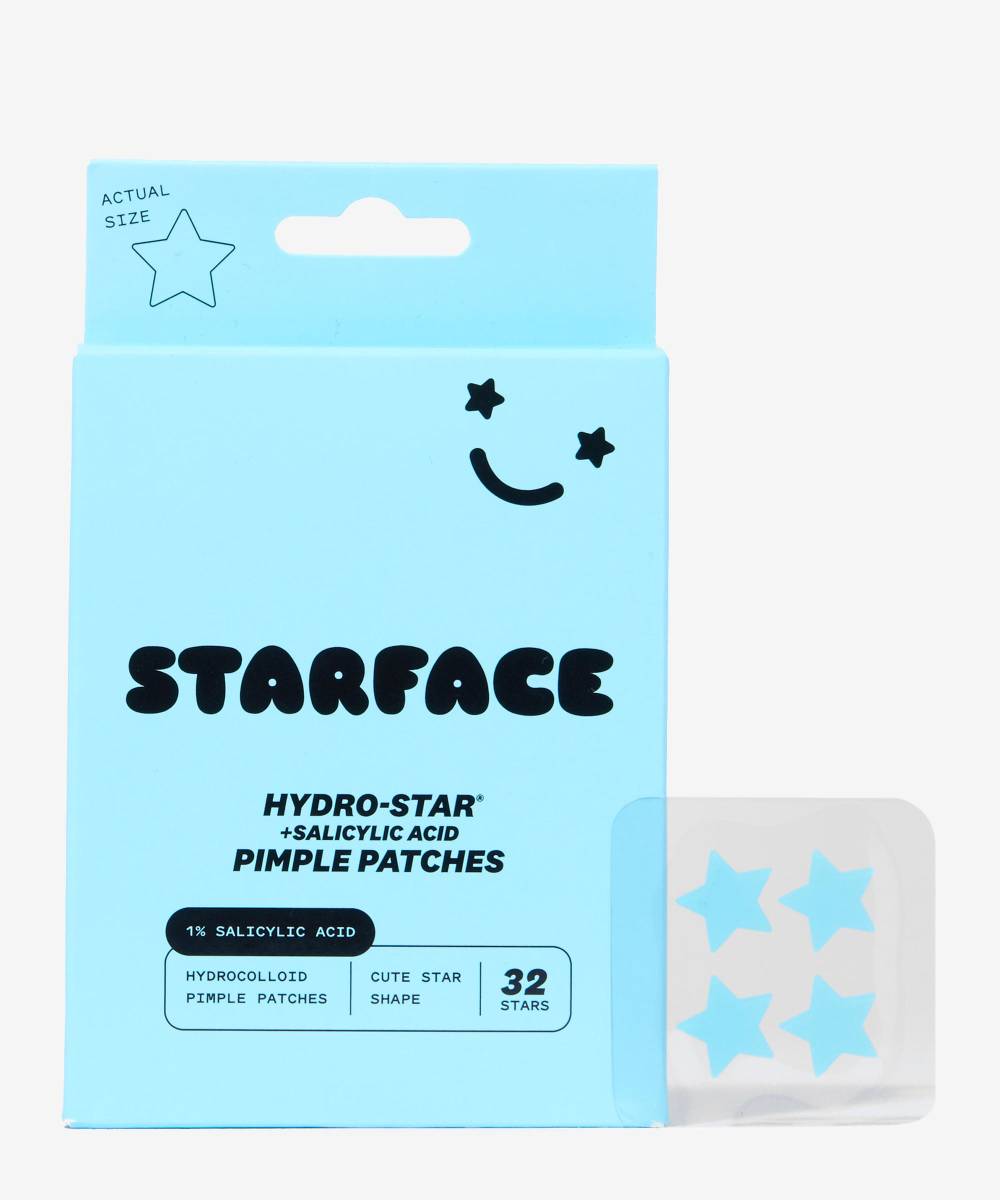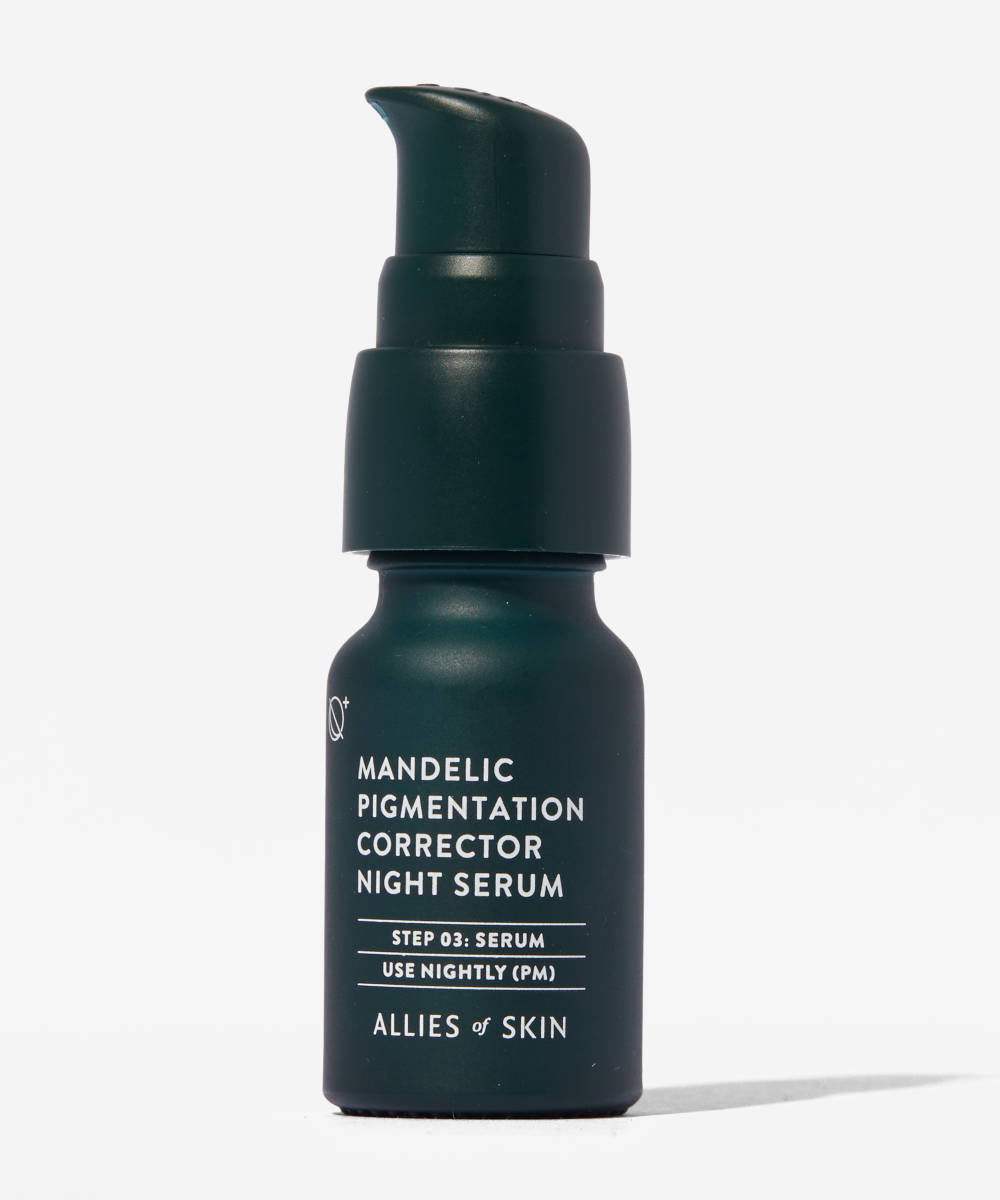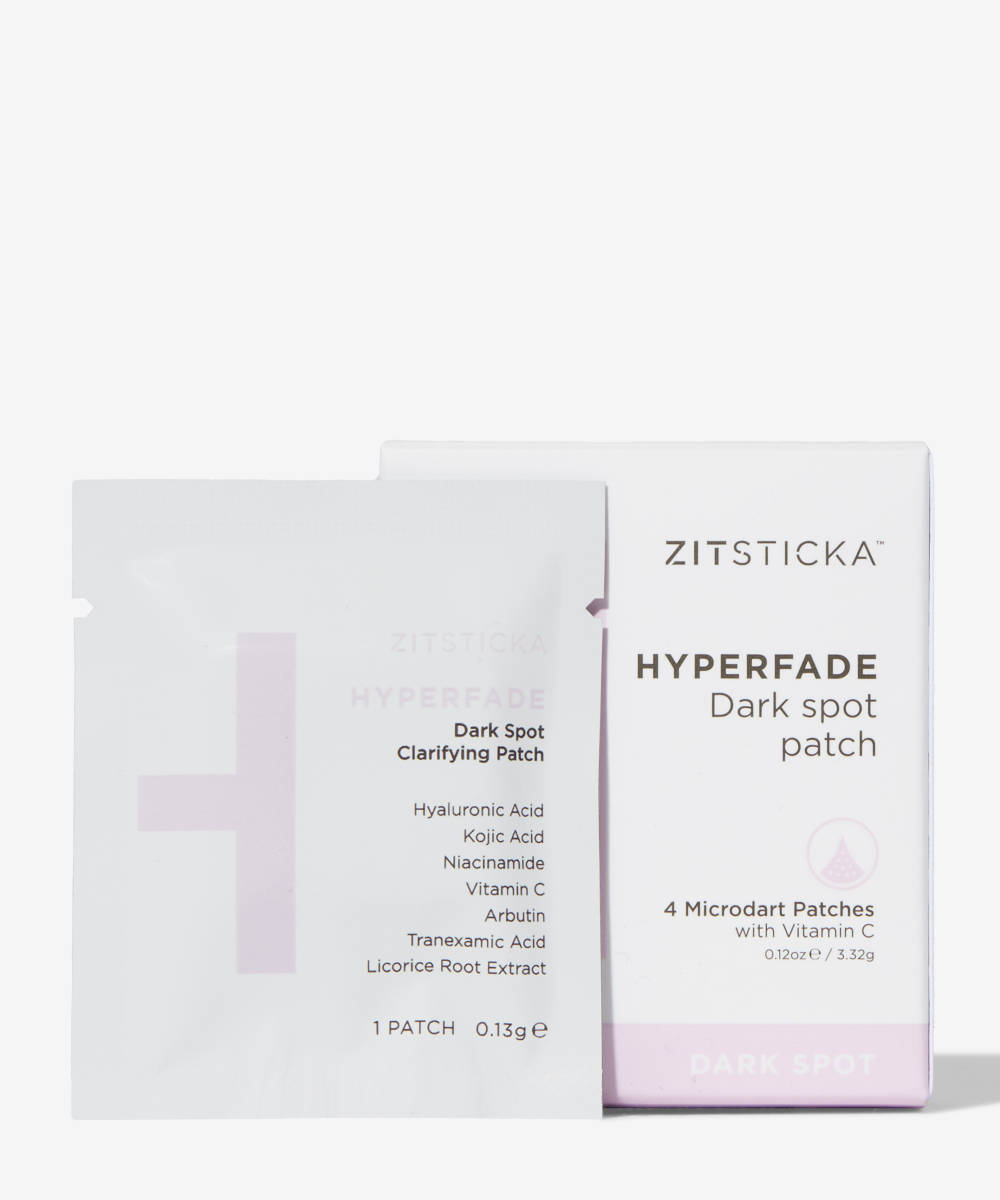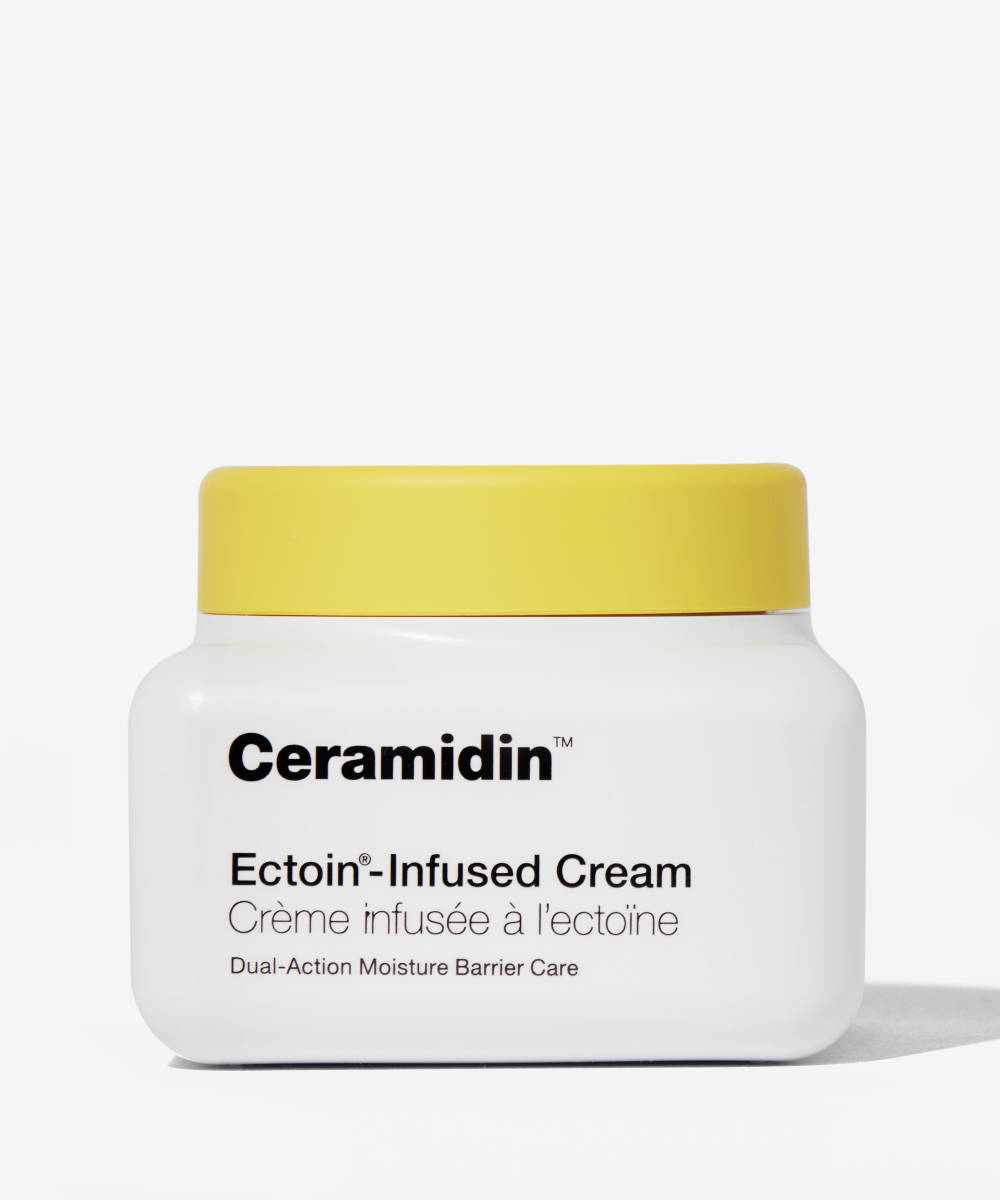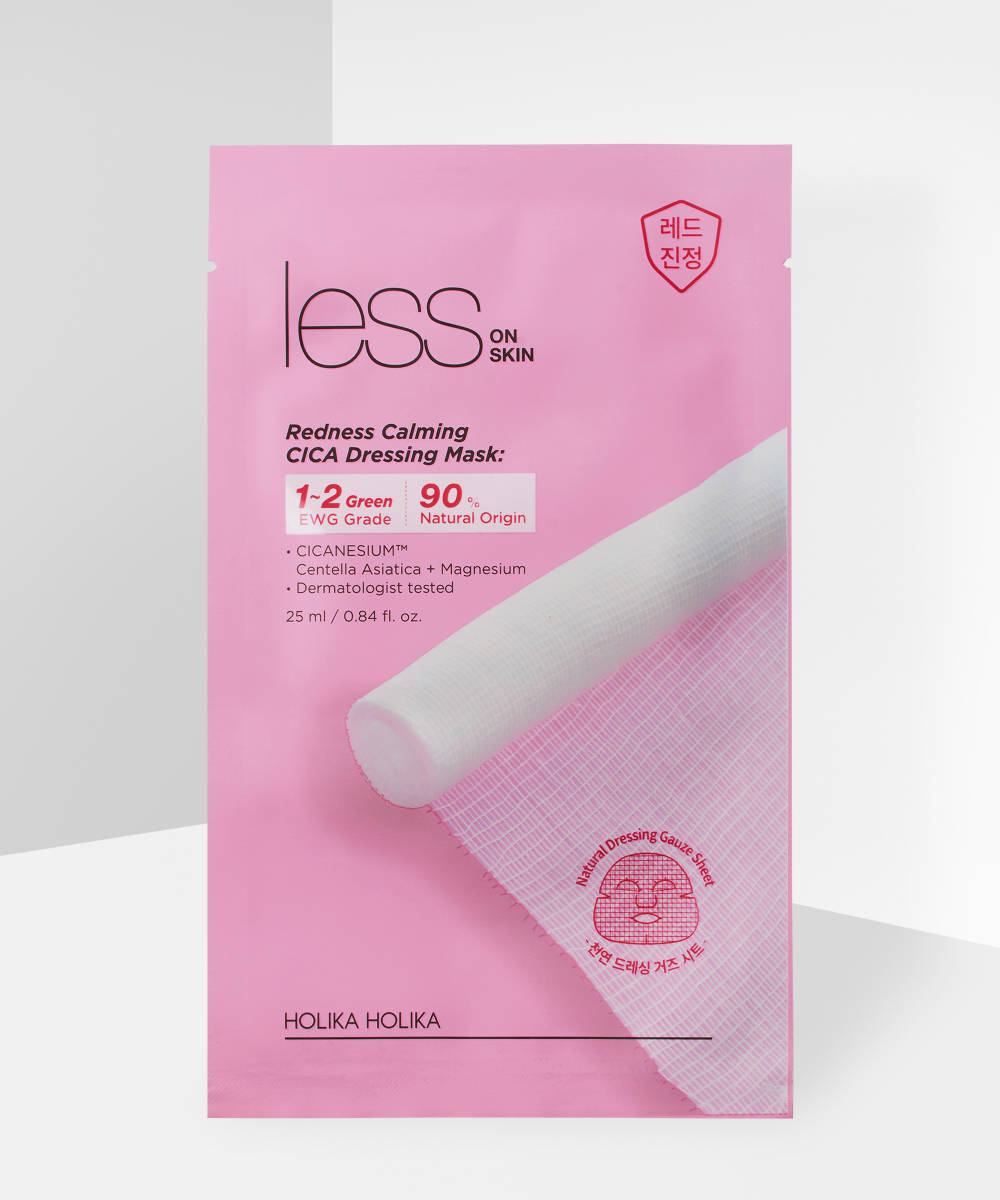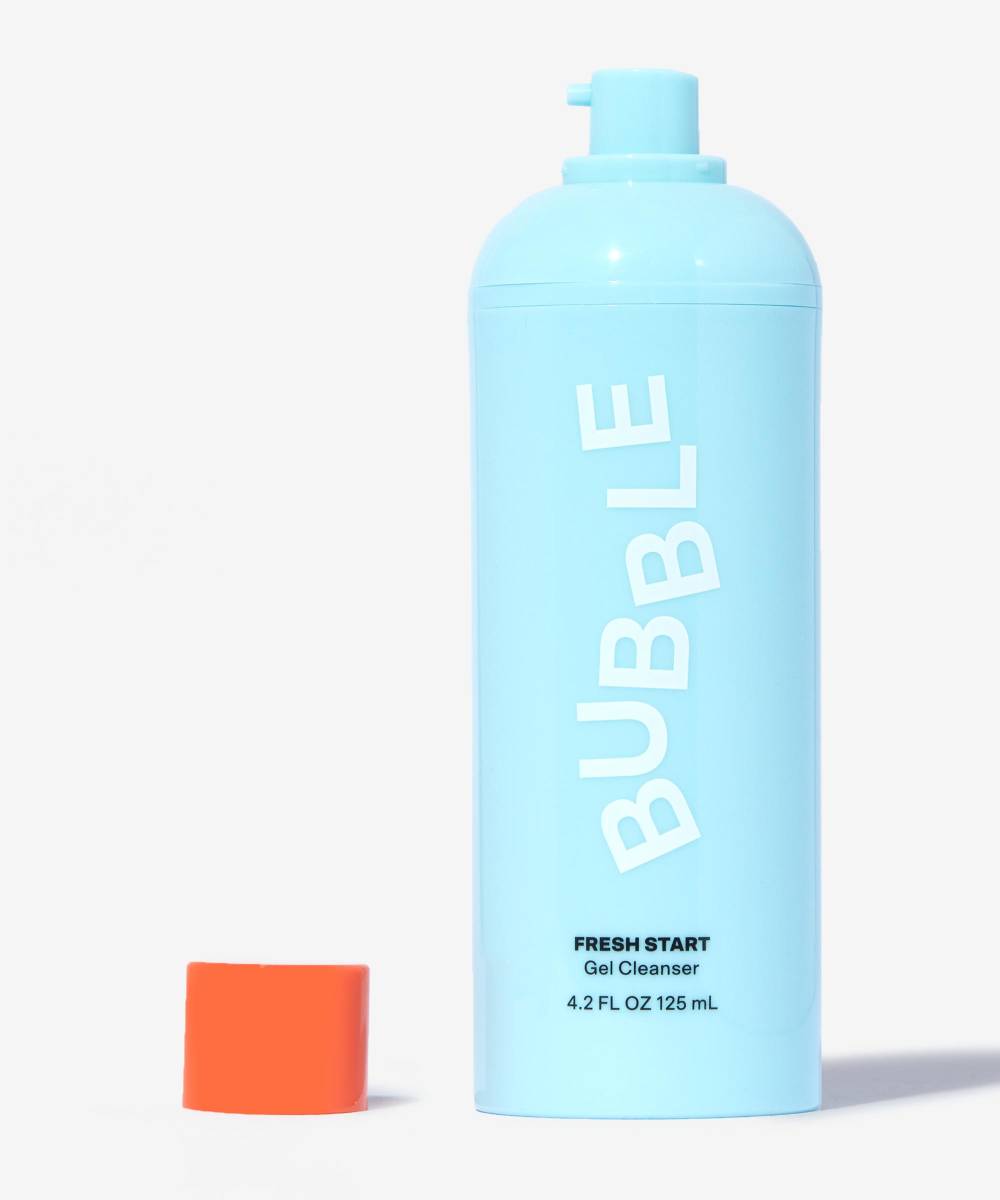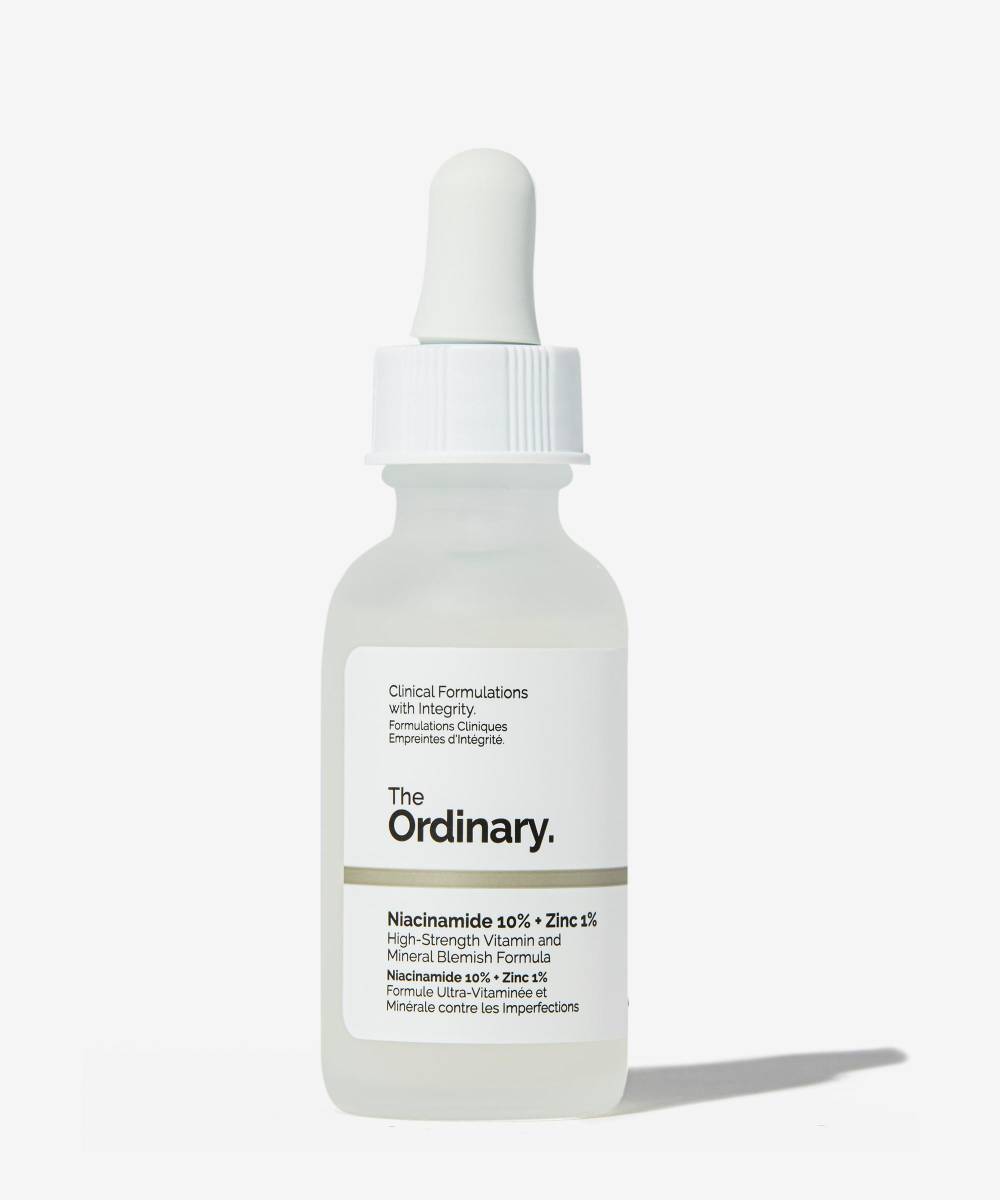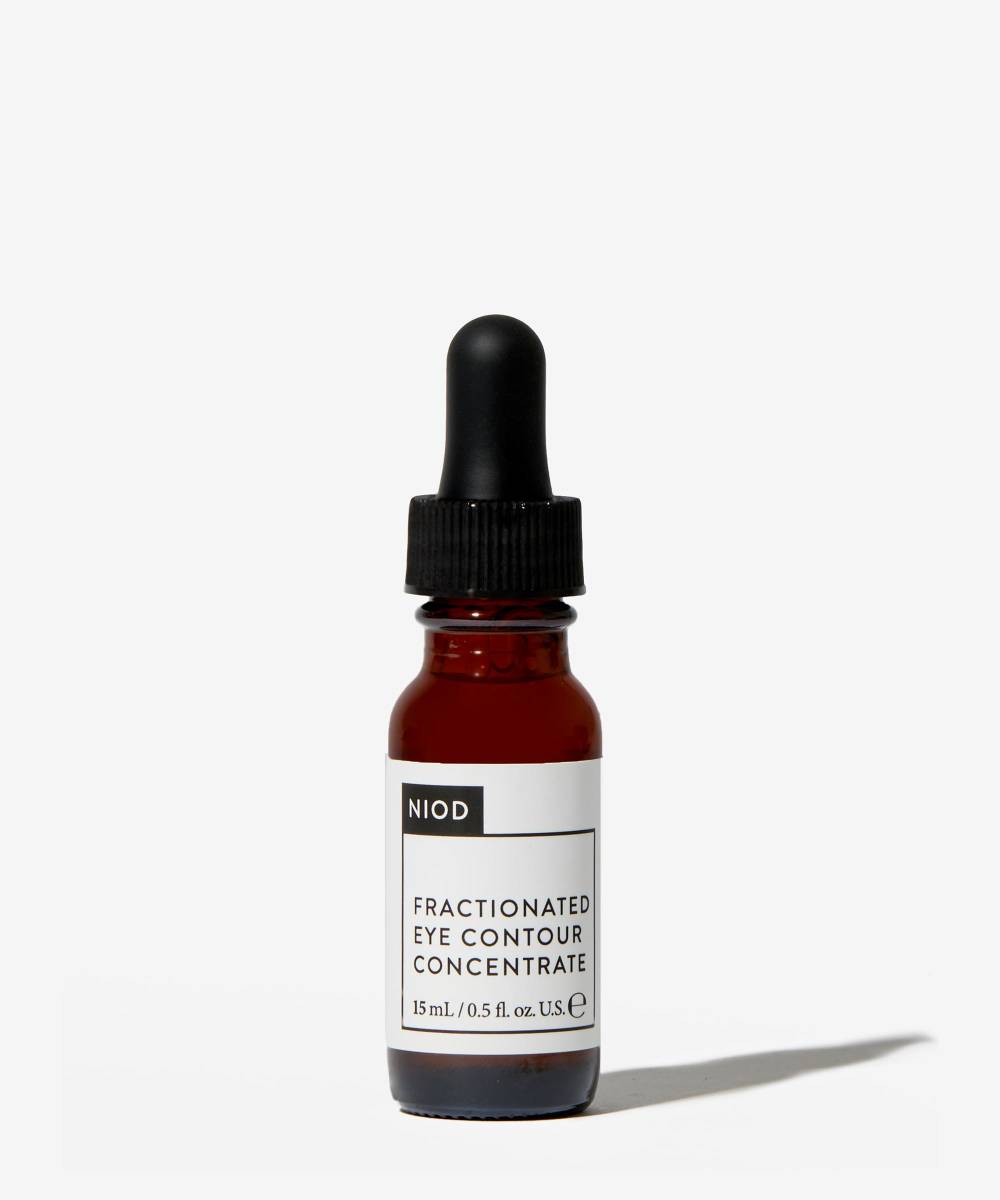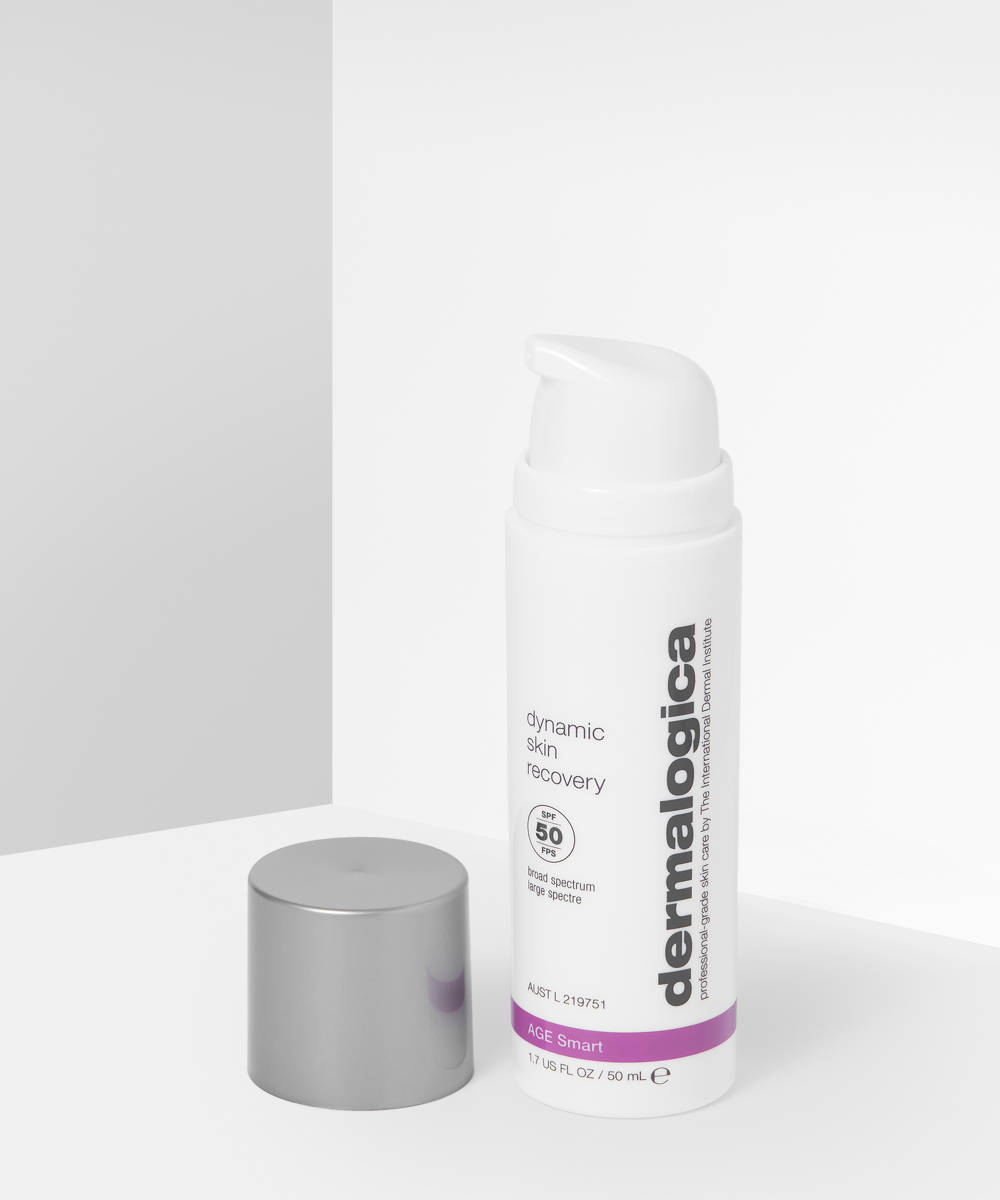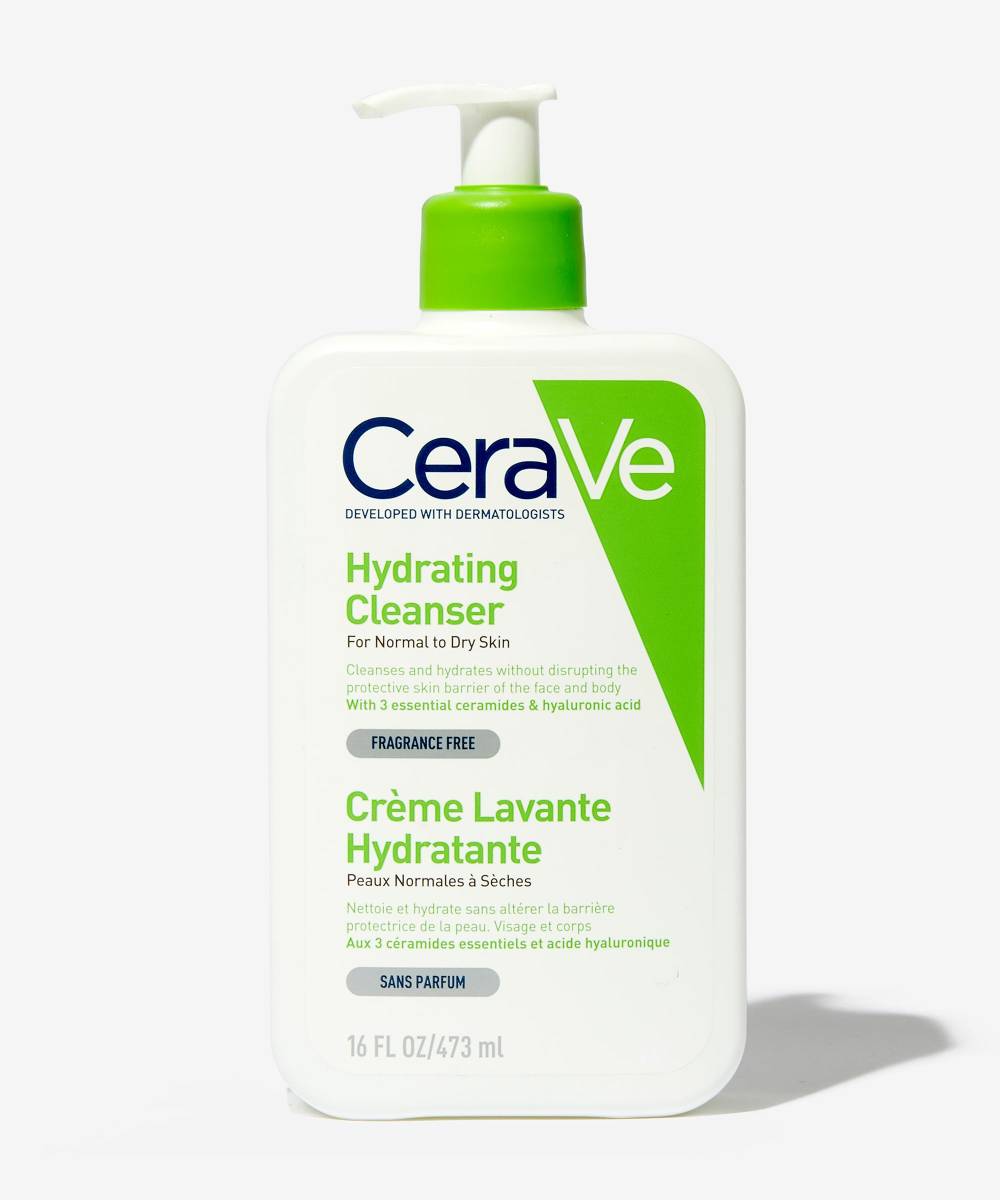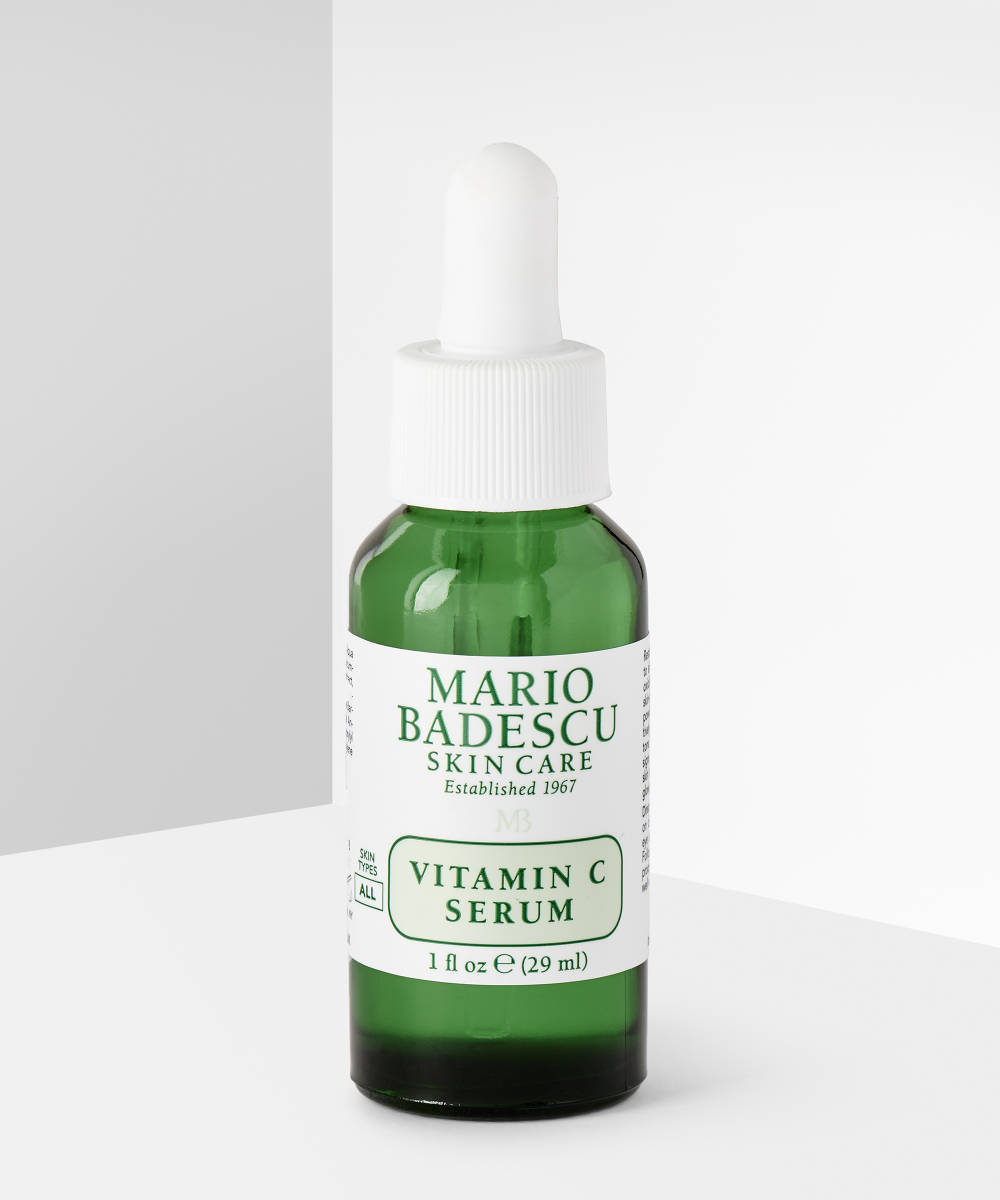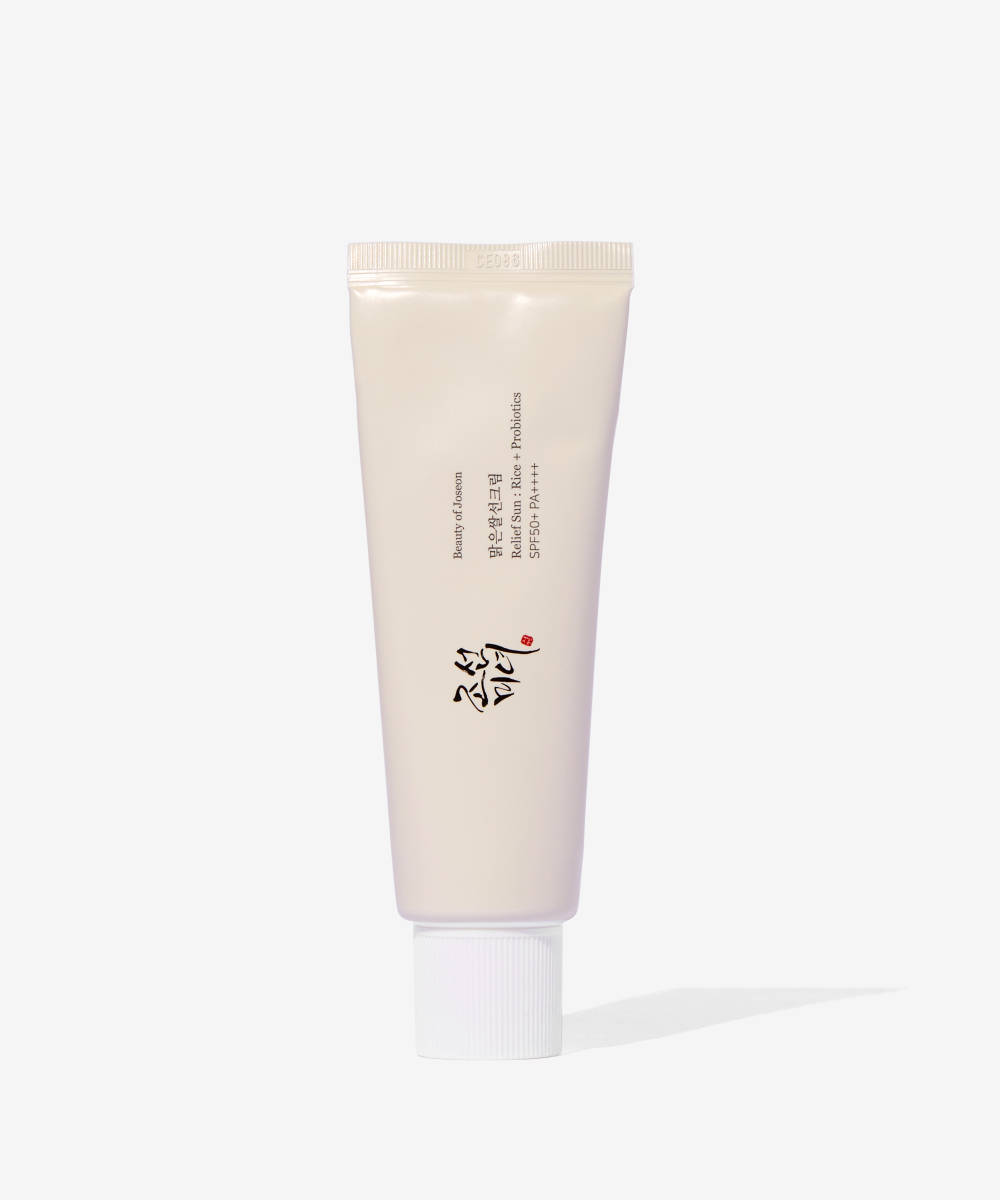You may not have a type, but your skin sure does, and figuring out your skin type is one of the first things you should do before building a skincare routine. Being aware of your skin type will help you to tailor the right products to your skin and avoid making any rookie errors. Using the wrong products for your skin type can actually do more harm than good, so this is something you want to get right first time.
There’s a lot of conflicting information out there, so it can be hard to get to grips with skin types. To make things easier, we’ve compiled an easy guide to highlight the symptoms of each one, from dry skin and oily skin to sensitive skin, combination skin, normal skin, and acne-prone skin – so you can figure out which routine will work best for you.
1. Oily Skin
Oily skin is caused when you have overactive oil glands – sometimes it’s genetic and sometimes it’s a result of using the wrong skincare products. If you strip too much moisture from your skin, it compensates by overproducing oil. If you have oily skin, you’ll probably experience symptoms like shine, enlarged pores, greasy texture, and blackheads. You may also be prone to breakouts (caused by oil clogging pores) and you’ll find that your makeup doesn’t last well in your oily areas (typically the T-zone).
Try these...
2. Dry Skin
Dryness is triggered when the skin’s barrier becomes damaged and allow moisture to escape (and irritants to get in). Dry skin typically lacks both oil and water, so you need to focus on adding moisture back in and preventing it from escaping. The symptoms? Skin feels tight, looks dull, lacks elasticity, and feels rough and itchy – often with patches of flakiness. Dry skin is also much more prone to sensitivity and to early signs of skin ageing, like fine lines and wrinkles.
Try these...
3. Combination Skin
Combination is skin is neither oily nor dry, in fact, it’s both – which means it can be confusing to diagnose. You’ll experience the main symptoms of oily skin – excess oil, clogged pores, and shine in your T-zone, but you’ll also have dry patches (with flakiness and redness) in areas such as your cheeks, jaw, or hairline. You may find that your skin feels more oily in the summer and more dry in the winter, and is very reactive based on things like climate and new product use.
Try these...
4. Acne-Prone Skin
Acne can be caused by a number of different things – everything from diet, genetics, hormones, product use, and bacteria plays a role. Ultimately, it manifests in the same symptoms – blackheads, whiteheads, oiliness, and sore, swollen red spots which heal slowly. If you’re acne-prone you probably have constant breakouts that persistently pop up again in the same areas. Depending on the cause of your acne, you might find that your breakouts appear only in certain areas. For example, breakouts on the chin and jawline are usually caused by imbalanced hormones.
Try these...
5. Acne-Scarred Skin
If you have acne or used to have acne, then you may also experience scars or red marks when your blemishes disappear – this hyperpigmentation happens when the inflammation from the breakout triggers an overproduction of melanin in the epidermis. As long as the marks still have colour in them (typically red or brown) then they can heal.
Try these...
6. Sensitive Skin
Technically, sensitive skin isn’t a skintype – everyone’s skin experiences a certain degree of sensitivity, just some more so than others. If you find your skin is particularly reactive and identifies with the characteristics below more than the other skin types, then it’s worth addressing your sensitivity first. Often associated with dry skin, sensitive skin is prone to redness and is easily irritated, leading to small bumps and uneven tone and texture. These flare ups can be triggered by anything from removing your makeup to trying a new product or a treatment with strong or active ingredients.
Try these...
7. Teen Skin
You may be able to identify with some of the skin types above, but as skin is so affected by hormones, your skin can be all over the places in your teens – before settling down later on. Most commonly, hormones can trigger oil production, leading to clogged pores and breakouts. It’s important to establish a skincare routine during this time to keep your skin calm and clear.
Try these...
8. Mature Skin
Whilst you might still identify with the symptoms above, as skin matures, it starts to show signs of age as well. From our early- to mid-twenties, our bodies produce less elastin and collagen (the proteins that keep skin plump and firm). This leads to skin being looser and thinner, which in turn causes lines and wrinkles to form easily. Age also effects skin’s moisture levels, so you’ll find your skin gets drier as you get older.
Try these...
9. Normal Skin
Not many people have “normal” skin, but if you don’t identify with any of the above, and find your skin generally feels calm and well hydrated, without texture, breakouts, or uneven tone, then you are one of the lucky few. It’s still important to have a skincare routine and look after your skin in order to prevent future issues from arising.
Try these...
FYI: This article was previously published at an earlier date and has since been updated.

